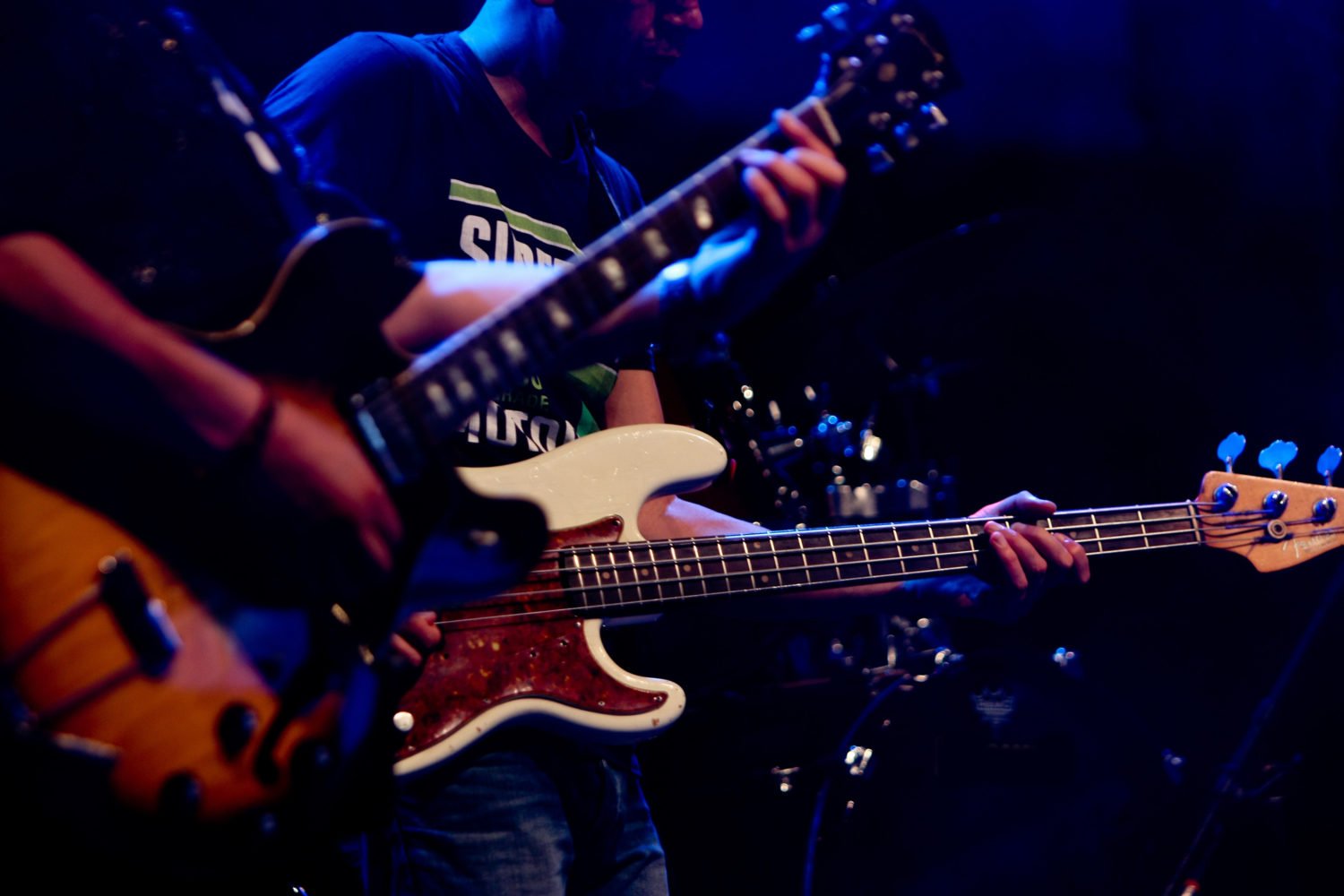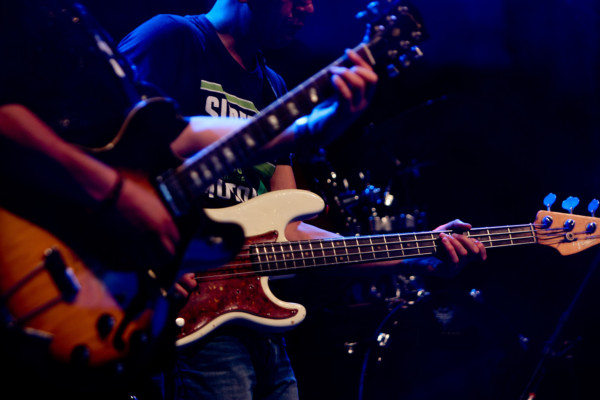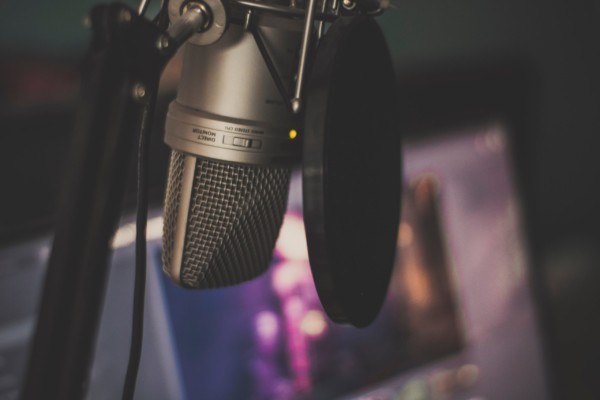Ending A Song: Knowing What To Play

Q: I’ve noticed that are a lot of stock endings for songs (in any genre, really). How do you know which one to play?
A: I think that this is really a conversation about musical vocabulary – and fluency with the language of music – in any particular genre.
If I think of having a normal conversation with somebody, I know that I often know where the last parts of someone’s sentence are going. I often finish their thought in my head before they say it. With my wife, she and I often finish each other’s sentences because we understand each other’s speaking style and tendencies so well.
I would imagine that this happens because:
- We both speak English fluently
- We both know each other well enough to anticipate conversational directions and cues
- When we both understand the thing we are talking about, we can have a deeper conversation and flow ideas back and forth
The musical parallel being:
- You have to be knowledgeable about music in general and know how to play well on your instrument (be fluent in the language)
- You have to understand the genre and its idiosyncrasies (conversational cues. Things inherent to the genre specifically)
- You and the musicians around you all understand the style of music you are playing and have full vocabularies relevant to that style, so you can have conversations within the music (acting and reacting to each other in a meaningful way).
In order to develop stylistic fluency to the point where you can anticipate things like a stock ending (when there are many), you need to have done your homework somewhat and added the appropriate vocabulary to your arsenal.
This is yet another area where transcription and analysis pay off big-time. When you hear some of those ‘stock endings’, learn them! Practice them in different keys. Learn and practice any variations that you hear as well. Pay attention to the recording and see if you can hear any musical cues that set it up, etc… There are a million and a half possible ways to end a tune but, in general, no matter the style, there is only a small handful that will happen often in a jam or open section before the end of a tune. Learn the common stuff and, through playing experience, you’ll pick up the rest over time.
That said, there is always a certain amount of guesswork (and with experience comes the refinement of our intuition). Generally speaking, often people will go with the most obvious choice… the one everyone is likely hearing in their heads anyway. If they have something else in mind when they cue the end of the tune or jam, the seasoned musicians will set it up in some way or try and make it obvious by their note choices, chords, rhythms, etc… If everybody is listening AND fluent in the style, it generally works out.
Also, heads up and ears open!
Everyone has to be watching for the cues (often the bandleader or musical director) and listening well in the moment.
Here is a whole page of columns I’ve written with regard to developing your voice on the instrument. Many of these articles also speak of musical fluency, so as to encourage freedom of expression.
Have a question for Damian Erskine? Send it to [email protected]. Check out Damian’s instructional books, Right Hand Drive and The Improviser’s Path.



